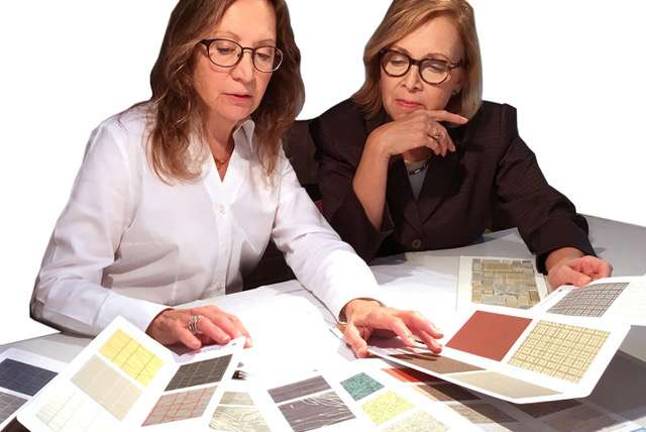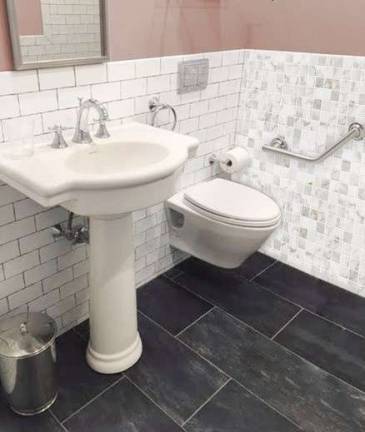design strategies for aging at home


A growing number of older Americans are choosing to stay in their longtime homes and apartments as they age rather than relocate. According to AARP, 87 percent of adults age 65 or older want to stay in their current home and community. The trend is even more pronounced in New York City, where 96 percent of older residents are currently aging in place.
While aging at home allows seniors to maintain independence, routines and social connections, it can also present challenges — often, seniors need to make adjustments to their living space to accommodate their changing needs and abilities.
With their firm Brower & Russo Interior Design, Marianne Brower and Elissa Russo specialize in working with seniors to develop custom design solutions to ensure homes remain livable for years to come. Brower and Russo shared some tips with Straus News on what older New Yorkers should consider as they prepare their apartments for life's next chapter.
BE PROACTIVEToo often, Brower and Russo said, seniors don't start thinking about making changes around the home until after they've suffered a fall or begun encountering difficulty. Good design anticipates potential problems before they arise, Brower said, “so that if people suffer an injury down the line, their home will work with them and won't be an obstacle to their recuperation.”
The pair emphasize that functional senior design can be both stylish and practical. “I think people are under a misconception that making these changes as you age will make your home look like a nursing home or an assisted living or rehab facility,” Brower said. “We pride ourselves on integrating these changes so that they're almost imperceptible, but they make the space much more user-friendly.”
MINIMIZE FALL RISKFalls are the number one cause of injury-related deaths among Americans age 65 and older, according to the Centers for Disease Control and Prevention. Roughly one in four older adults report a fall each year, and one in five falls results in a serious injury.
In the bathroom, where water presents a fall hazard, Brower and Russo often recommend threshold-free showers and slip-resistant tiles. Good lighting throughout the apartment becomes crucial as aging impacts vision. Removing thresholds between rooms to eliminate level changes within the apartment reduces risk and can be done relatively easily.
“If you're in a co-op, try to make sure your co-op puts a second railing in front of the building for you to get down those couple of steps to the street,” Russo said.
CUT OUT CLUTTER“A lot seniors either aren't able to clean up and don't have the help they need or are afraid to give up things,” Brower said. “They're living at risk with a lot of clutter.”
Removing unnecessary items can make it easier for seniors to get around, while reducing the risk of falls and eliminating places for harmful dust to accumulate. “The plan of the living space can be rearranged so that it's still comfortable and it's still their furniture, but there's more open space so that they can navigate more freely,” especially if a walker or wheelchair becomes necessary, Russo said.
In the kitchen, consolidating dishes and cookware into more conveniently located cabinets with pull-out shelving can reduce stress caused by bending and overreaching.
DIY WITH A PROFESSIONAL EYEThe prospect of redesigning a home can seem daunting in terms of cost and inconvenience, but based on a quick walkthrough of a space, firms like Brower & Russo Interior Design can often recommend simple changes that don't require a full overhaul or remodel. “We can identify things you can do yourself or with your super or handyman,” Brower said.
Simple changes like putting in under-cabinet task lighting or replacing cabinet knobs with more arthritis-friendly handles are low-cost fixes that can be installed easily. Design consultants can also advise seniors on how to strategically place and properly install grab bars near the shower and toilet, and help select fixtures that are attractive and unobtrusive. “We are increasingly seeing companies making grab bars that are more decorative and are also a toilet paper holder or towel bar,” Brower said.